New Caledonia is historically and above all known as the land of nickel.
Indeed, New Caledonia has 25% of the world’s known nickel resources, and 9% of nickel reserves, and since its discovery in 1774, New Caledonia has developed a predominant nickel mining activity.
Two types of ores are mined in New Caledonia:
Other resources are also present in New Caledonia: gold, copper, cobalt, chromium, coal and manganese. Some of these minerals were exploited in the 1870s for short periods when the deposits were exhausted. Only nickel remained a resource likely to generate sustained and profitable activity.
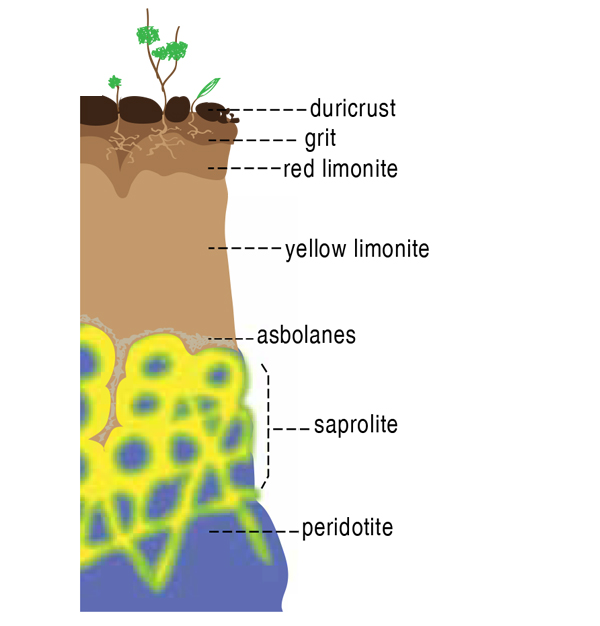

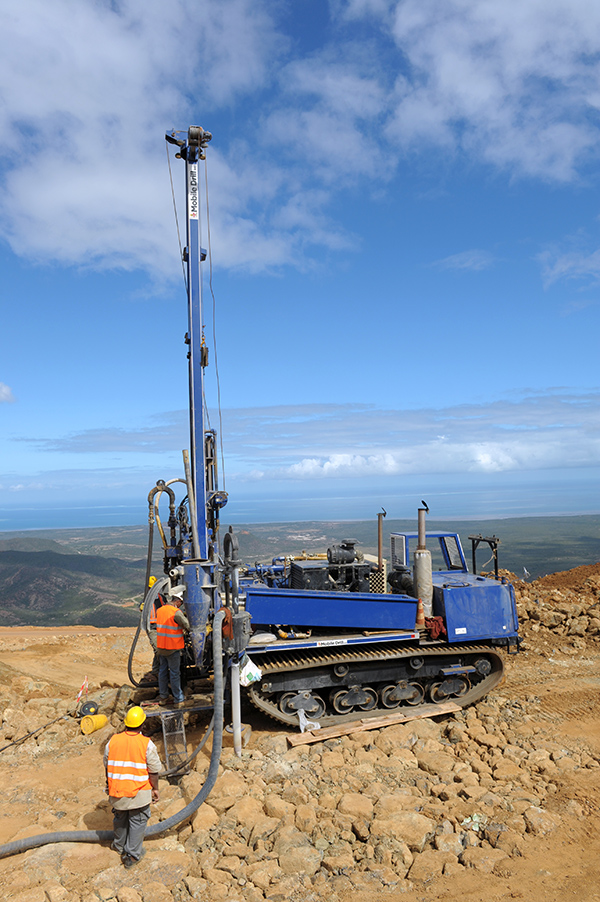
Nickel mining in New Caledonia is mostly associated to SLN, Société Le Nickel, an emblematic French Company in the Territory. They were the first to extract nickel and attempt to process it before exporting it as raw material to Europe. In 1930, SLN joined forces with Ballande to rationalize production and concentrated metallurgical transformation on the Doniambo Plant. SLN modernized and acquired modern mechanization and production facilities. In 1994, it joined the ERAMET French Group.
Nickel mining took another turn in the 2000s, with first the construction of the South Plant Usine du Sud in Goro operated by the Vale group (2010), and then the construction of the Northern Plant, Usine du Nord in Vavouto operated by Koniambo Nickel SAS (KNS), a company 51% owned by SMSP, Société minière du Sud Pacifique (South Pacific Mining Company), and GLENCORE, the Anglo-Swiss Ggroup.
At the same time, another partnership was signed, that of SMSP with the Korean steel giant, POSCO. This partnership first led to the increase in capacity of NMC, the Nickel Mining Company, also a 51% subsidiary of SMSP, which extracts the ore to supply a plant in South Korea, SNNC, Société du Nickel de Nouvelle-Calédonie, in which SMSP is a 51% shareholder.
There are now 3 plants operating in New Caledonia:
In the world of New Caledonian nickel, it is also vital to understand how the operators work together.
In fact, alongside these three major mining and metallurgical complexes, the ‘tâcherons’ or labourers and the miners play a major role in the mining industry.
First and foremost, labourers are ore extraction companies that do not hold mining titles; they are subcontractors employed by the major operators to extract ore. The miners, on the other hand, own mining titles and exploit them. They then export their production to their customers. Miners include such big names as Ballande and its subsidiaries (SMT, SMN, etc.), Montagnat and Mai Kouaoua Mine.
In addition to these direct players in nickel mining, this activity gives rise to a massive volume of subcontracting for: the supply of meals, ore rolling (rolling contracts with companies or patentees), laboratory analyses, maintenance contracts, etc.
Nickel is therefore a direct activity, but also a generator of activities induced by the operation. What’s more, for several generations now, work in the mine has become an inescapable source of wealth for families who literally work there from father and mother to son and daughter.
In fact, one of the key features of the nickel business in New Caledonia is the proportion of women compared with other industries. The proportion of women in mining companies, including subcontractors, can be as high as 30%, particularly in the larger structures. What’s more, some jobs, such as machine operators, have been filled by women.
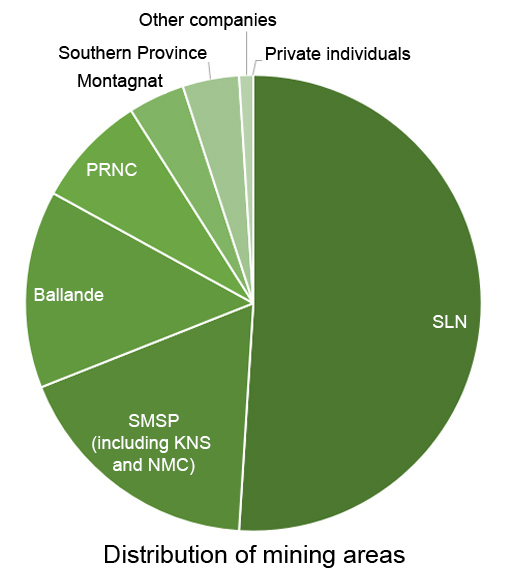
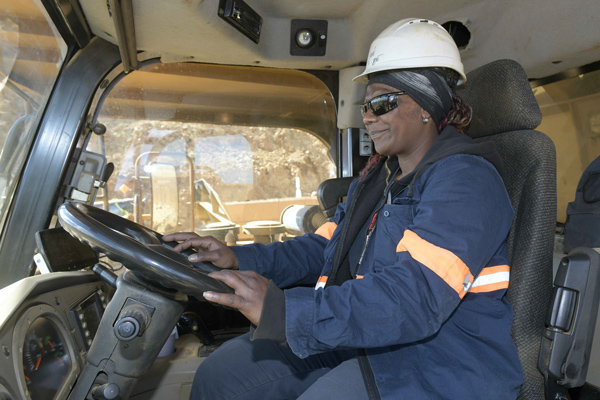
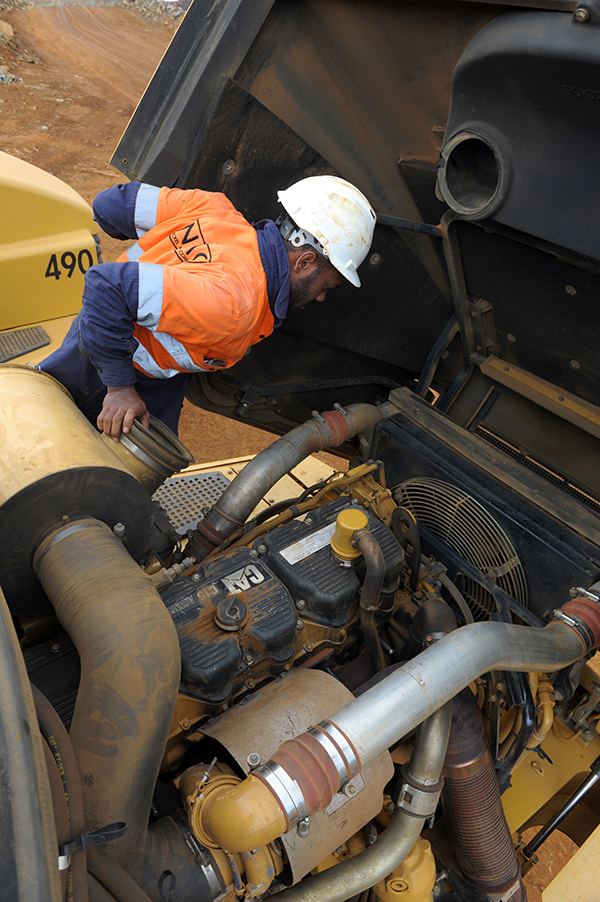
Nickel plays a predominant role in New Caledonia’s economy, directly or indirectly impacting all the other components of the Caledonian economy and society. To a certain extent, New Caledonia lives to the rhythm of nickel mining. Days start early between 4:00 and 6:00 in the morning, a time when it is very common to find large numbers of people at service stations before everyone heads off to their own site, factory or workshop.
By 2022, the nickel sector will account for 9% of value added, a share that can rise to 18% when nickel prices are high and activity is not impacted by the vagaries of the weather or industrial unrest.
The nickel sector accounts for up to 25% of private employment, including induced jobs (subcontracting).
The construction and public works sectors and the service sector therefore benefit directly from the nickel industry. Nickel-related induced activities include sample analysis laboratories, maintenance and works companies (welding, industrial cleaning), vehicle hire companies, group catering and all the patented activities in creation, communication, administration, accounting, etc. What’s more, in terms of equipment supply, many companies also operate on the basis of the needs of companies working on behalf of nickel operators.
In New Caledonia, apart from nickel and its related activities, fishing and the shrimp market are also important economic activities for the territory. Agriculture and livestock farming are also important. However, apart from shrimp, little or nothing is exported from these activities.
To understand the main factors driving economic development in New Caledonia and the growth sectors, we strongly advise you to consult the following websites:
You are also advised to consult the websites of:
The LinkedIn pages of these organisations are particularly active, so it is advisable to be subscribed.